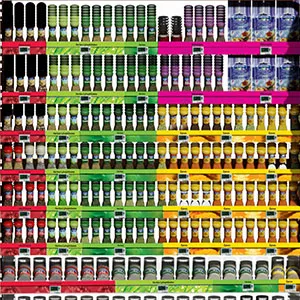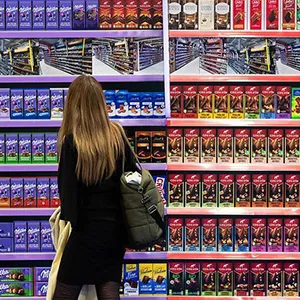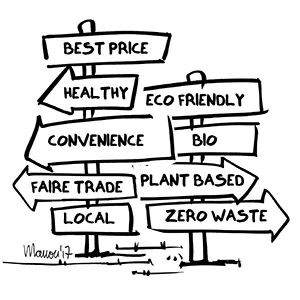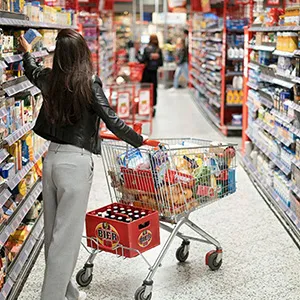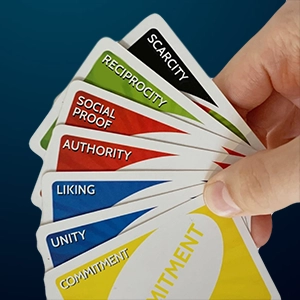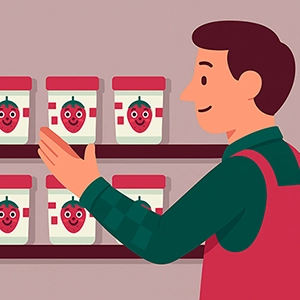Retail Shelving:
the Merchandising Techniques and Solutions
700 words
#marketing #merchandising #POP
June 2024 — bh
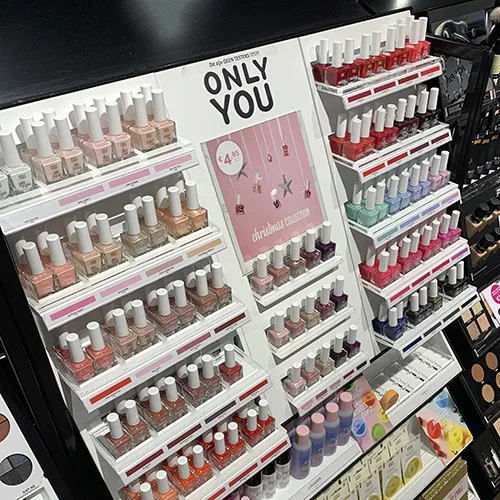
@Pilotes PLV
While there is no miracle solution, one thing is certain: retail shelving merchandising, or the techniques and solutions used to organize and enhance retail shelves and fixtures, creates value and increases the profitability of stores.
With numerous solutions available, tailored to various contexts, products or buying behaviors, it is crucial to understand which solutions are effective and how to use them to attract attention and develop more sales.
Pilotes specializes in the design of commercial furniture, displays, and merchandising solutions for retail and stores. We offer 100% customized point-of-purchase materials tailored to the in-store projects of brand and retail. Because we care about the climate and environment, we analyze the lifecycle of each project to avoid, reduce, and offset its impact 🌍🌿
Do you have a project planned? Contact us and let’s bring your vision to life together!
What is shelf enhancement?
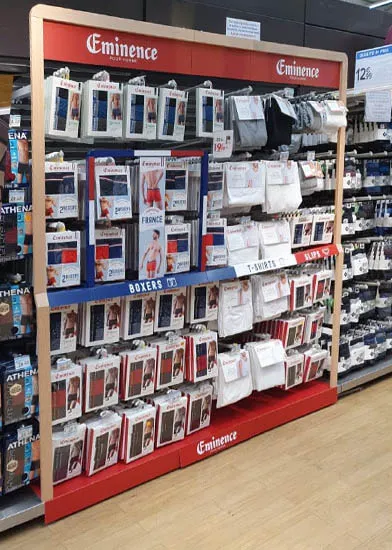 Shelf
enhancement is the group of techniques that improve the effectiveness of store shelving. It creates
impactful, attractive product presentations, helping shoppers easily understand the products on offer.
Well-organized, informative presentations reduce cognitive effort and improve buying intentions,
benefiting both retailers and brands.
Shelf
enhancement is the group of techniques that improve the effectiveness of store shelving. It creates
impactful, attractive product presentations, helping shoppers easily understand the products on offer.
Well-organized, informative presentations reduce cognitive effort and improve buying intentions,
benefiting both retailers and brands.
What are the shelf enhancement solutions?
1. Price tag holder
Displaying prices is fundamental for transactions. Price tag holders (strips, rails, profiles) placed along the shelf come in various formats for all label types.
They can also transform the shelf edge into a communication tool, enhanced with printed visuals, LEDs, and other accessories.
2. Shelf tray
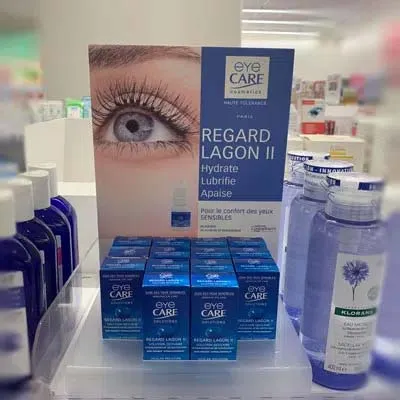 When
a consumer evaluates an item, he or she takes it in the hand, reads the information on the packaging and
then, he or she puts it back. Some are more precise than others!
When
a consumer evaluates an item, he or she takes it in the hand, reads the information on the packaging and
then, he or she puts it back. Some are more precise than others!
Designed to give the perfect fit every time, shelf trays provide stability. Defining and preserving the allocated space for products, they are especially useful when space is at a premium. While ensuring products are always neatly displayed, they can carry branding and communication messages,
3. Shelf divider system
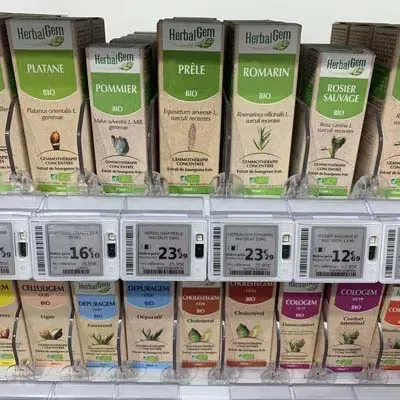 Shelf dividers reduce the time spent organizing shelves, ensuring appealing product presentations. Easy
to install and adjust, they fit various packaging formats and can be equipped with additional
accessories.
Shelf dividers reduce the time spent organizing shelves, ensuring appealing product presentations. Easy
to install and adjust, they fit various packaging formats and can be equipped with additional
accessories.
4. Auto-facing or self-levelling systems
The activity of facing, also known as levelling, recovery, straightening, mirroring, ... is simply the act of getting a retail store ready for customers, a common multi-daily activity to increase shelf impact and make the store looks great.
Auto-facing systems automate the task of pulling products to the front of the shelf, maintaining a neat and organized appearance. These systems can be based on push mechanisms, gravity, or roller shelves, ensuring that products are always prominently displayed.
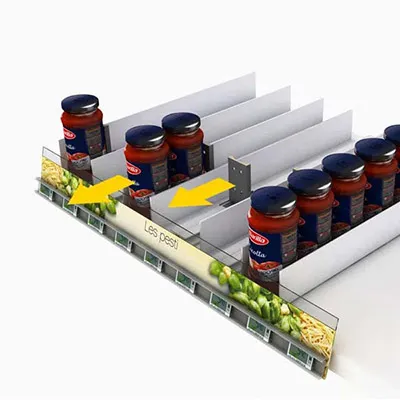
5. On-shelf communication solutions
Stoppers or barkers, plinths, posters, banners, and screens bring life to the shelf space, enhancing communication and attracting shoppers' attention.
Related article > From shelf space to brand space: the branded bay explained6. On-shelf display
In most of the cases, retail uses standard shelving – steel uprights on which the shelves are attached. Custom-made POS materials can replace the standard shelving to adapt the presentations to an assortment, increase efficiency, or add services. These mini shop-in-shop or shelf-on-shelf setups offer an innovative or more dynamic display aligned with the brand's identity.
Custom-made wings, sidekick displays or easy-shelves can be fixed at the fixtures, for example for cross-merchandising initiatives.
Discover more > POP design 100% custom-made: retail shelving devices

Guidelines for shelf management materials

1. Shapes and design
Materials should enhance consumers' touch behavior, avoiding sharp corners for safety and comfort. They should improve product presentation without overshadowing the products themselves.
2. Space optimization
With increasing numbers of articles and limited shelf space, optimizing and defining shelf space is crucial. Solutions should have a minimal footprint while maximizing product visibility.
3. Shelf life
Investments in merchandising materials should be durable, easy to maintain, and adaptable to assortment changes, ensuring long-term use.
4. Eco-design
Eco-design aims to reduce environmental impact without compromising effectiveness or desirability, following industry recommendations for sustainable materials use.
5. Profitability
All merchandising initiatives should stimulate consumer purchases. Careful selection of techniques based on products and their margins is essential for enhancing product presentations.
Have the advantages of retail merchandising aroused your interest? Reach out today, we will gladly discuss the possibilities for your product or brand.
